PROTECT YOUR DNA WITH QUANTUM TECHNOLOGY
Orgo-Life the new way to the future Advertising by AdpathwayGarlic is different from most crops. It matures over multiple seasons, and it requires both cold and hot weather to form a head. Late and early plantings may result in rotten cloves or small harvests.
Get cloves in the ground at the right time, and you’ll be pleasantly surprised at how easy they grow. Garlics are drought-tolerant after they establish themselves, and they’re easy to harvest, cure, and store long-term. Simply bury cloves, cultivate the site, and wait until midsummer to harvest.
Two types of garlic exist, and they grow differently. Choose from hardneck or softneck varieties. Softneck varieties grow best in warm and mild climates. They don’t grow scapes, and they last many months in storage. Hardneck types do grow scapes with bulbils, and their skin is a bit easier to peel than that of softneck cultivars.
I prefer the flavor of hardneck garlics, and they grow well in the cold-winter climate where I live in the Pacific Northwest. They tolerate more cold weather than softneck varieties.
No matter which you choose, here is your garlic planting timeline by region.
Majestic Hardneck
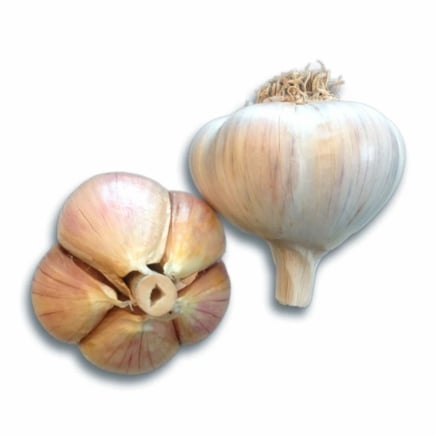
Shandong Hardneck
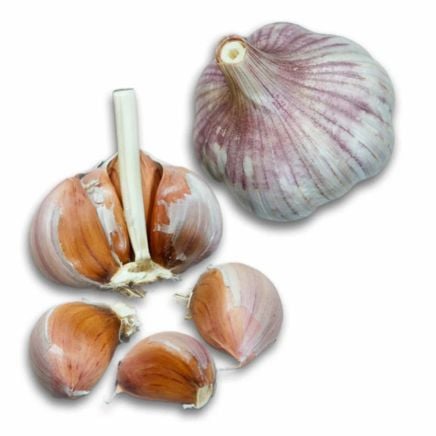
Nootka Rose Softneck
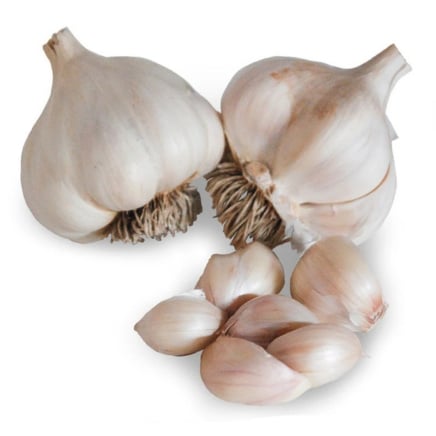
Nootka Rose Softneck Garlic
Garlic Planting Timeline
After you decide on a cultivar, store the cloves in a cool, dark, and dry location until you’re ready to plant them. Keep them safe and sound, then plant them when the weather is chilly and frosty in the fall. Or, give them a false winter in the fridge and plant them in early spring if your winter is frost-free.
Whether you live through the frigid winters of Minnesota or the sunny weather of Southern California, this garlic planting timeline will help you with planting cloves this fall.
Zones 1-4
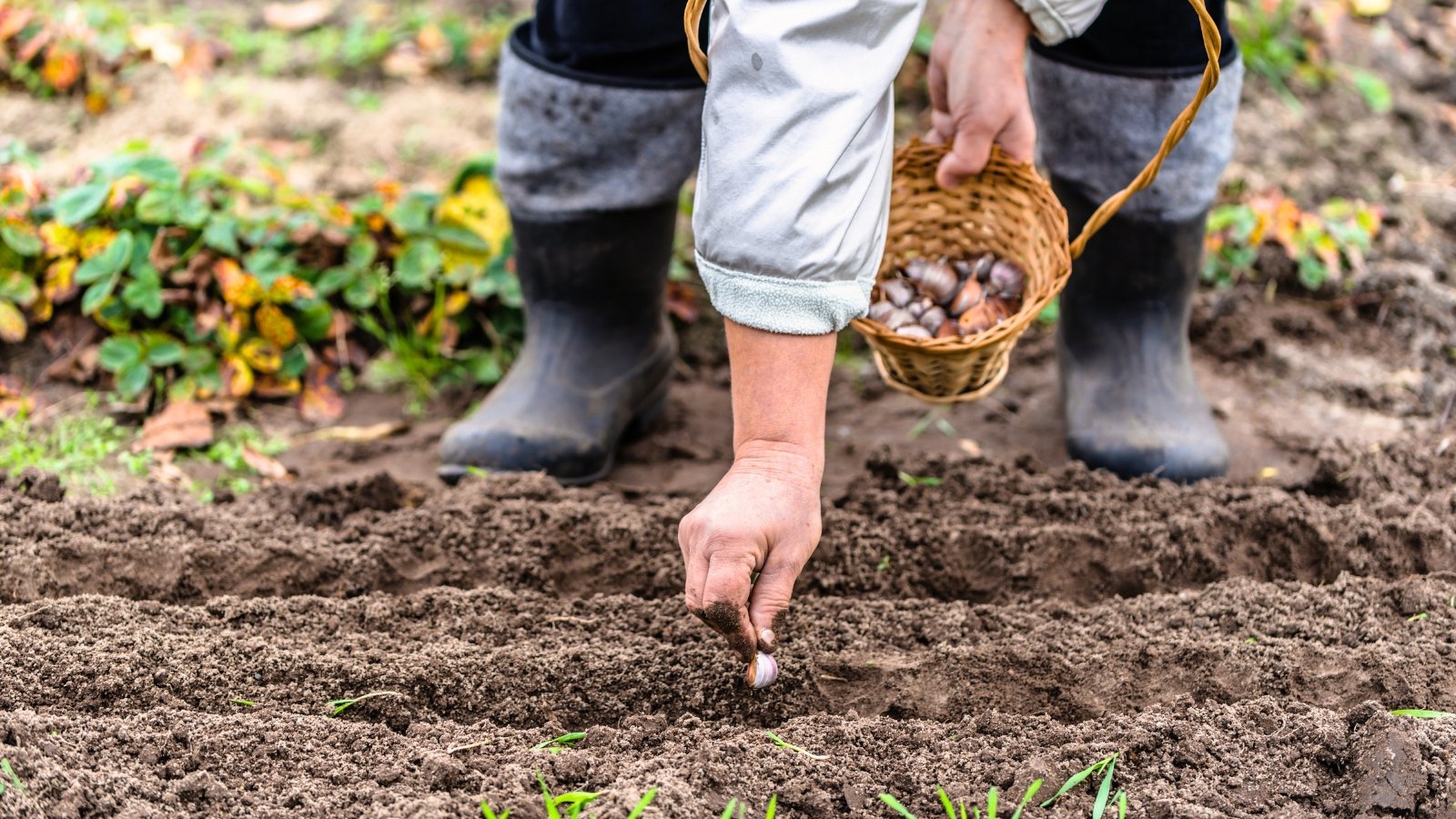 Plant cloves weeks before the first hard frost.
Plant cloves weeks before the first hard frost.We’ll use the USDA hardiness zones to split the states into multiple regions. The hardiness zones vary depending on how cold it gets in the winter. It’s a measurement tool, and each region differs based on its average winter temperatures.
The lower zones 1 through 4 are at the cold end of the spectrum. The growing season is short, and cold weather lasts for much of the year. It’s best to grow cold-hardy hardneck varieties in this region.
Plant individual cloves in September, at least four to six weeks before the first hard frost. Get them in the soil before the ground freezes. It’s okay to plant them during light frosts down to 33°F (1°C), but you want to get the cloves underground before recurring freezes or hard frosts of 32°F (0°C) or lower.
Zones 5-7
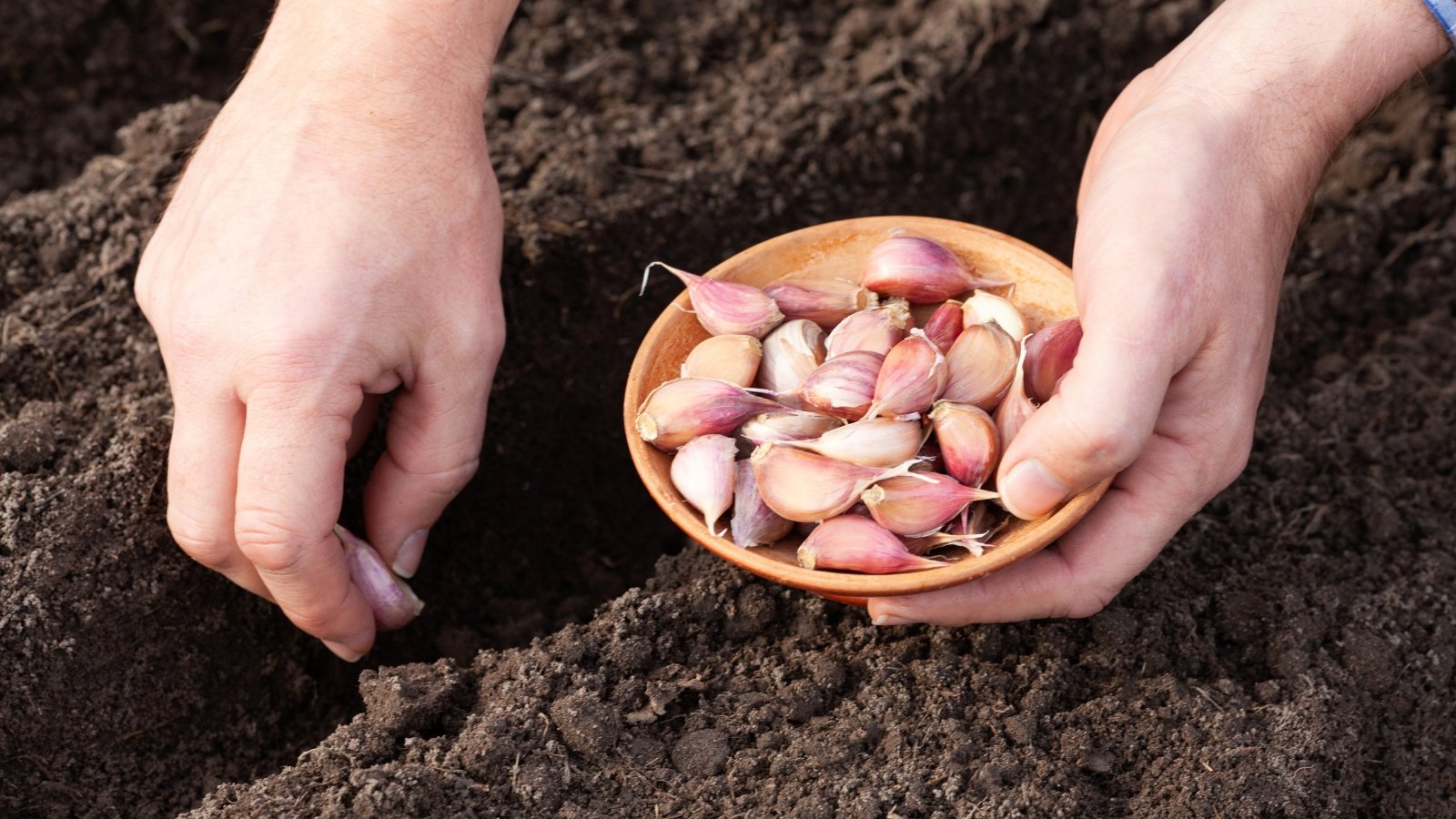 Later planting suits longer growing seasons in this region.
Later planting suits longer growing seasons in this region.Zones 5 through 7 include a thin region of states between the South and the North. It includes portions of eastern Washington and Oregon eastwards through Massachusetts and New Hampshire. The growing season here is longer than in parts of zones 1 through 4, though the winters are still cold and full of frosts.
Grow hardneck varieties in this region, and plant cloves later in the timeline, in October. Wait until the chill of fall arrives, and prepare your cloves for planting around the first light frost. Growers in zone 5 may plant in late September, while those in zone 7 may plant a bit later in early November.
In zone 7b, you may try cultivating softneck varieties. Go for a cold-hardy type like ‘Nootka Rose,’ and plant its cloves before the ground freezes. For most growers, growing success in this region is best with hardneck cultivars.
Zones 8-9
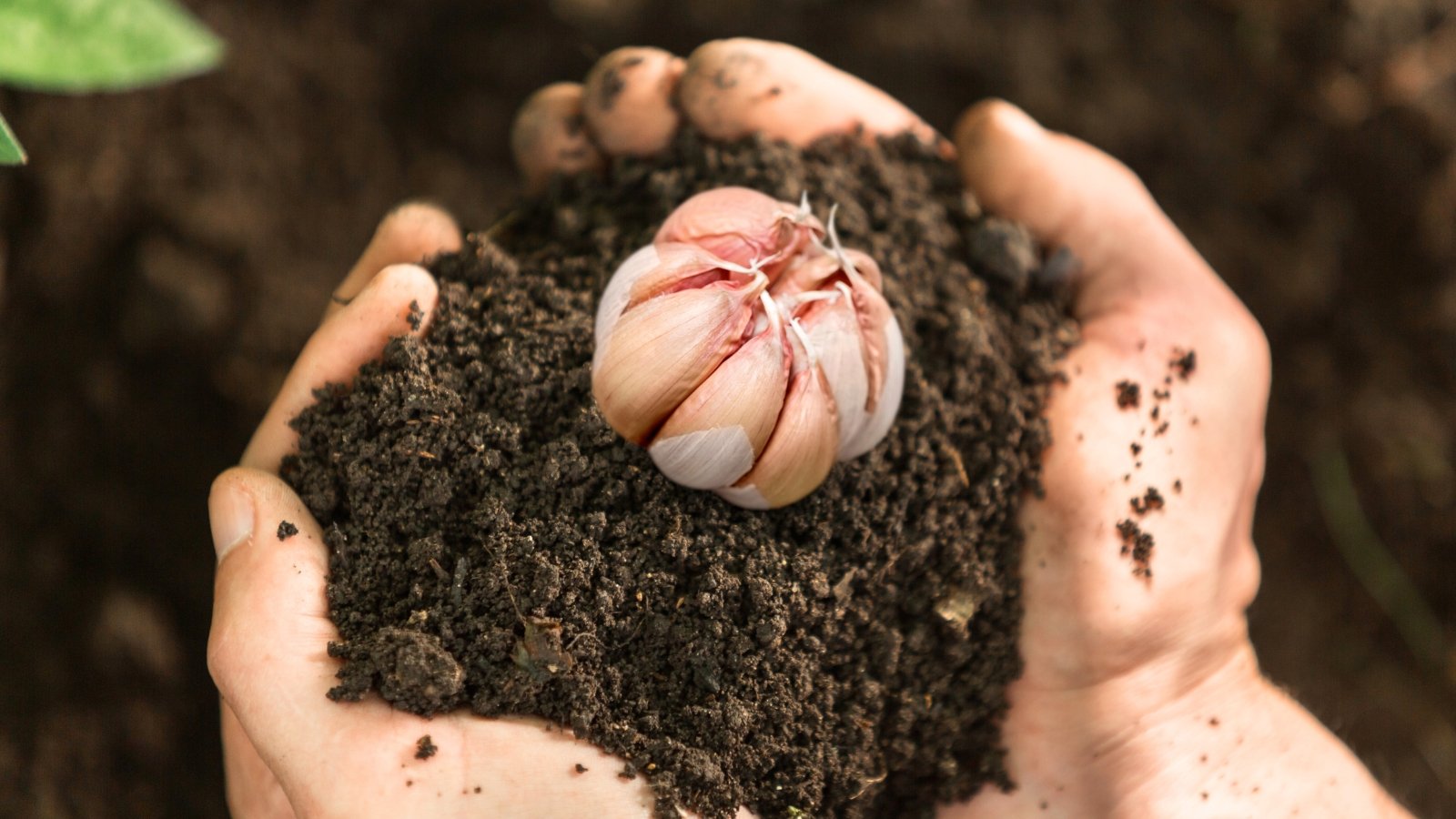 Frost-free areas favor softneck types for best growth.
Frost-free areas favor softneck types for best growth.Growers in zones 8 and 9 are lucky! You have the option of growing hardneck or softneck varieties, and you may plant cloves over an extended timeline in the fall. In zone 8b, where I grow garlic in Oregon, we growers advise planting during the Thanksgiving holiday season.
Zones 8 and 9 include many more states than just Oregon. This region is a small sliver that winds its way south along the West Coast and east through the South, then up through North Carolina. Winters are cold, but they’re relatively free of snow and ice.
The best time for planting here falls from October through November. In frost-free parts of zone 9, grow softneck garlic instead of hardneck cultivars. Colder portions of zone 8 are better for hardneck varieties.
Zones 10-11
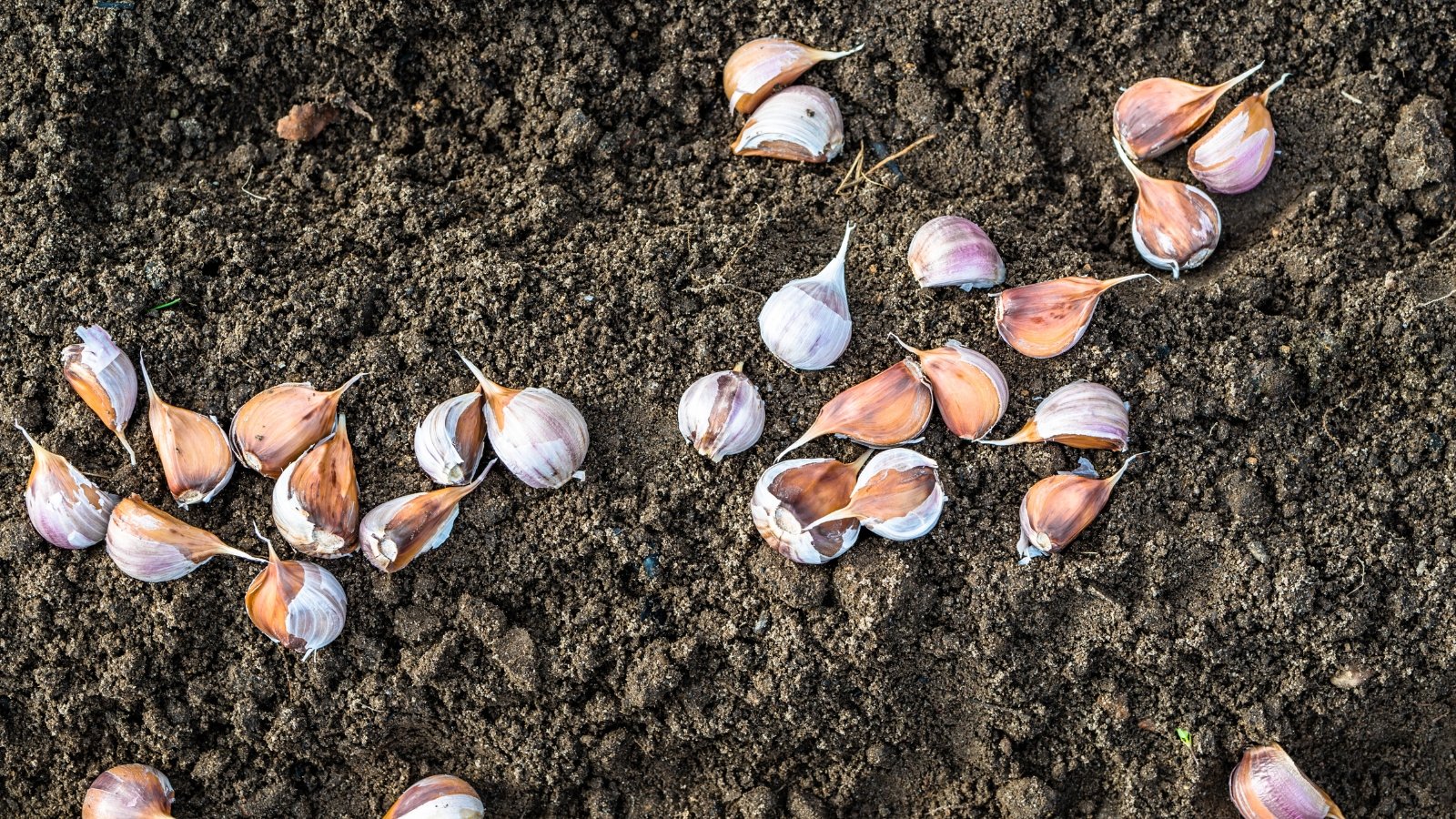 Cloves need cold weeks to form full bulbs.
Cloves need cold weeks to form full bulbs.Zones 10 and 11 are warm, frost-free in the winter, and they have long growing seasons. They include much of the West Coast and the South. Hardneck cultivars struggle in this region, while softneck types thrive.
Parts of zone 10 may experience light frosts in the winter. Growers in this region may plant softneck cloves right after the first frost. Softneck garlic requires little cold weather to form heads, and it’s better suited to warm portions of the U.S.
If you live in a region without frosts, you’ll need to refrigerate the cloves and give them a fake winter indoors. The cloves need cold temperatures to split and bulb up properly. Set the cloves in the fridge for five to ten weeks. Then, plant them outdoors during the coldest months of the year.
Zones 12-13
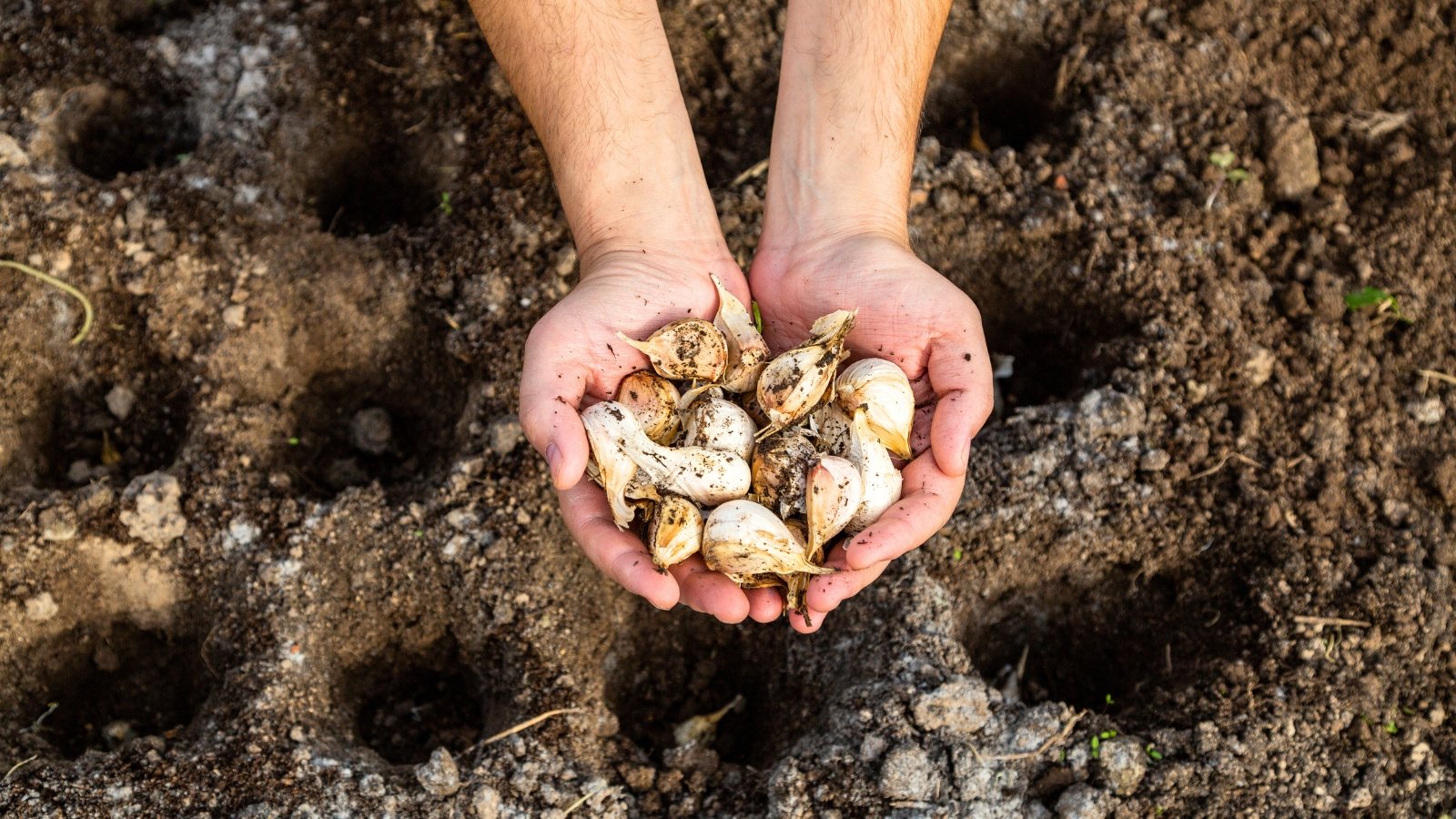 Warm zones require special care for successful bulbs.
Warm zones require special care for successful bulbs.Zones 12 and 13 are hot year-round! They lack winter cold, and their growing season is incredibly long. Garlic needs special care to thrive in these warm states. Give it the proper treatment, and you’ll have harvests akin to those of colder regions.
Use softneck varieties, and refrigerate the cloves before you plant them. Give them five to ten weeks of cold weather in the fridge, then plant them during the coldest times of the year. Use hot-tolerant varieties that perform well in the heat, like ‘Nootka Rose.’
If you don’t want bulbs and you’d rather use the leaves, you may plant garlic at any time of the year. The crop won’t grow heads, but it will produce garlic-flavored leaves. Cloves produce edible leaves during the growing season, and you may snip them off to use in salads, soups, and stews.
Key Takeaways
- The garlic planting timeline differs depending on the hardiness zones, which are measurements of average winter temperatures.
- Grow hardneck garlics in frosty regions, and use softneck types in warm climates.
- Garlic needs about seven to nine months to mature into a head. Plant it in the fall or winter, and harvest it in midsummer.
- Plant cloves any time during the growing season if you’d like edible leaves instead of bulbs.
Frequently Asked Questions
The cloves and leaves give off a pungent smell, and they work as natural snake repellents in homes and gardens.
No! The peel works as a protective barrier against pests and diseases. Keep it on during the planting process.
Source cloves from a reputable seller that certifies they’re pest and disease-free. Head on over to the Epic shop, as we carry many different softneck, hardneck, and elephant garlics.


 10 hours ago
2
10 hours ago
2
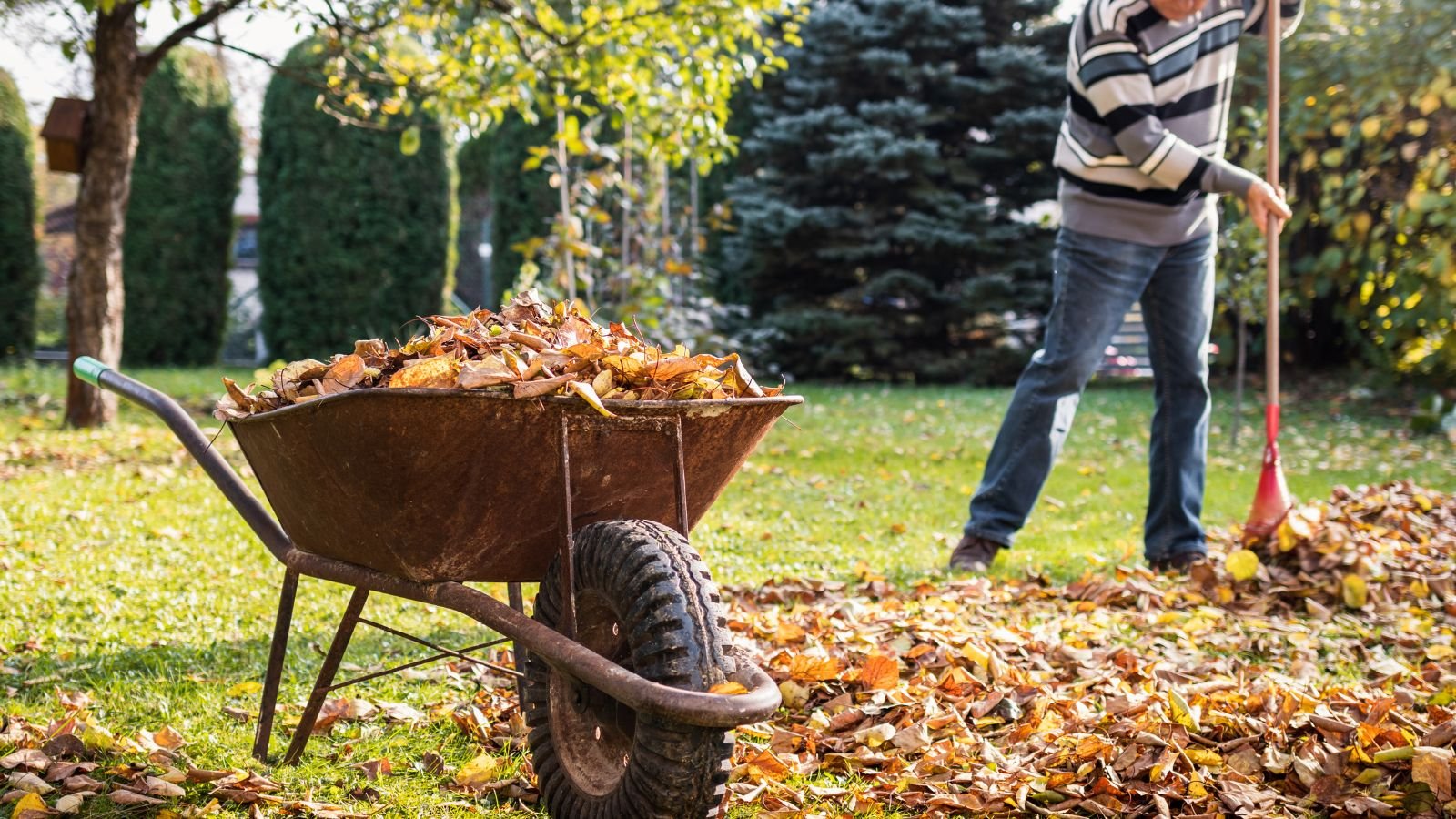
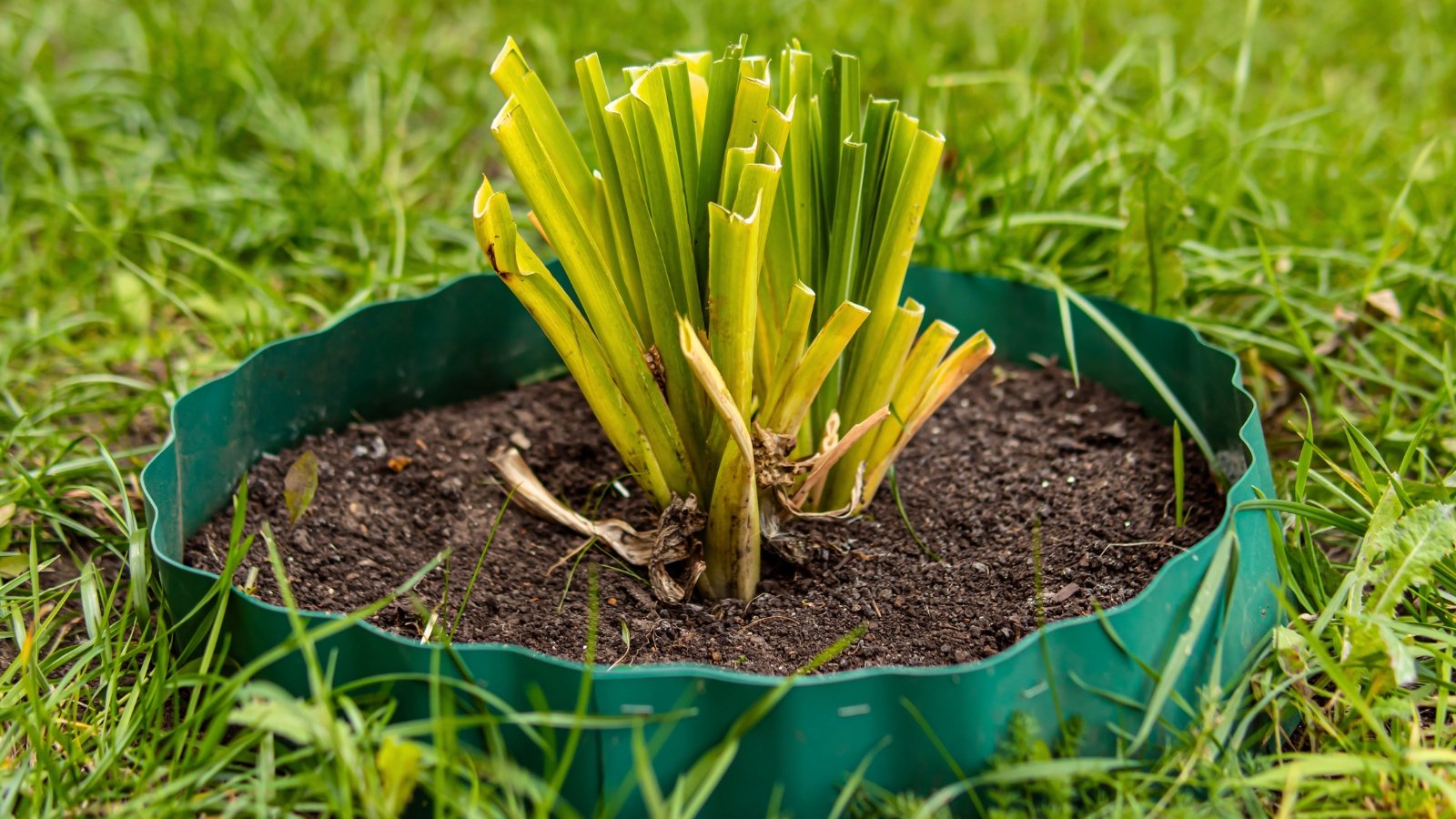



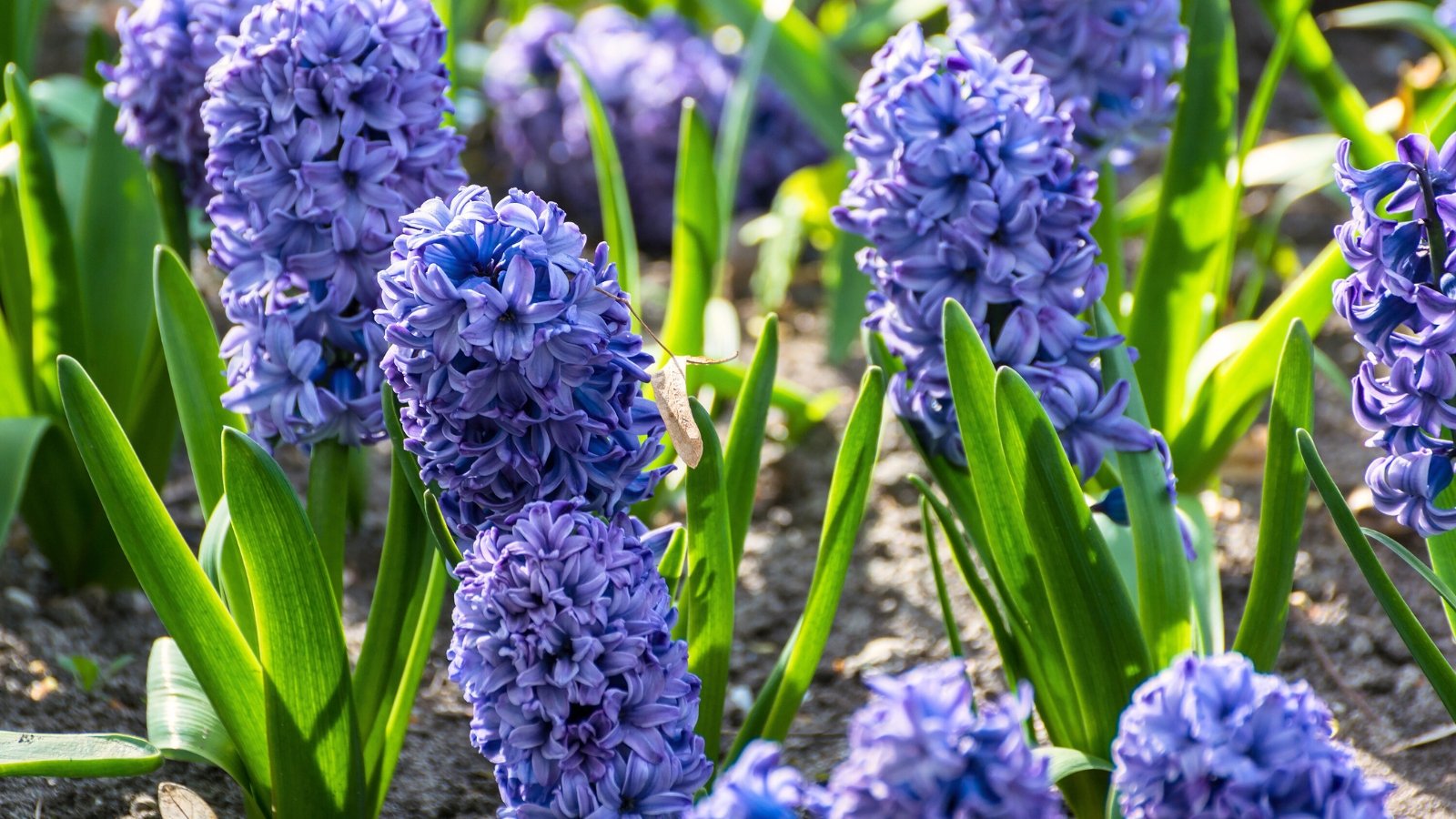















 English (US) ·
English (US) ·  French (CA) ·
French (CA) ·